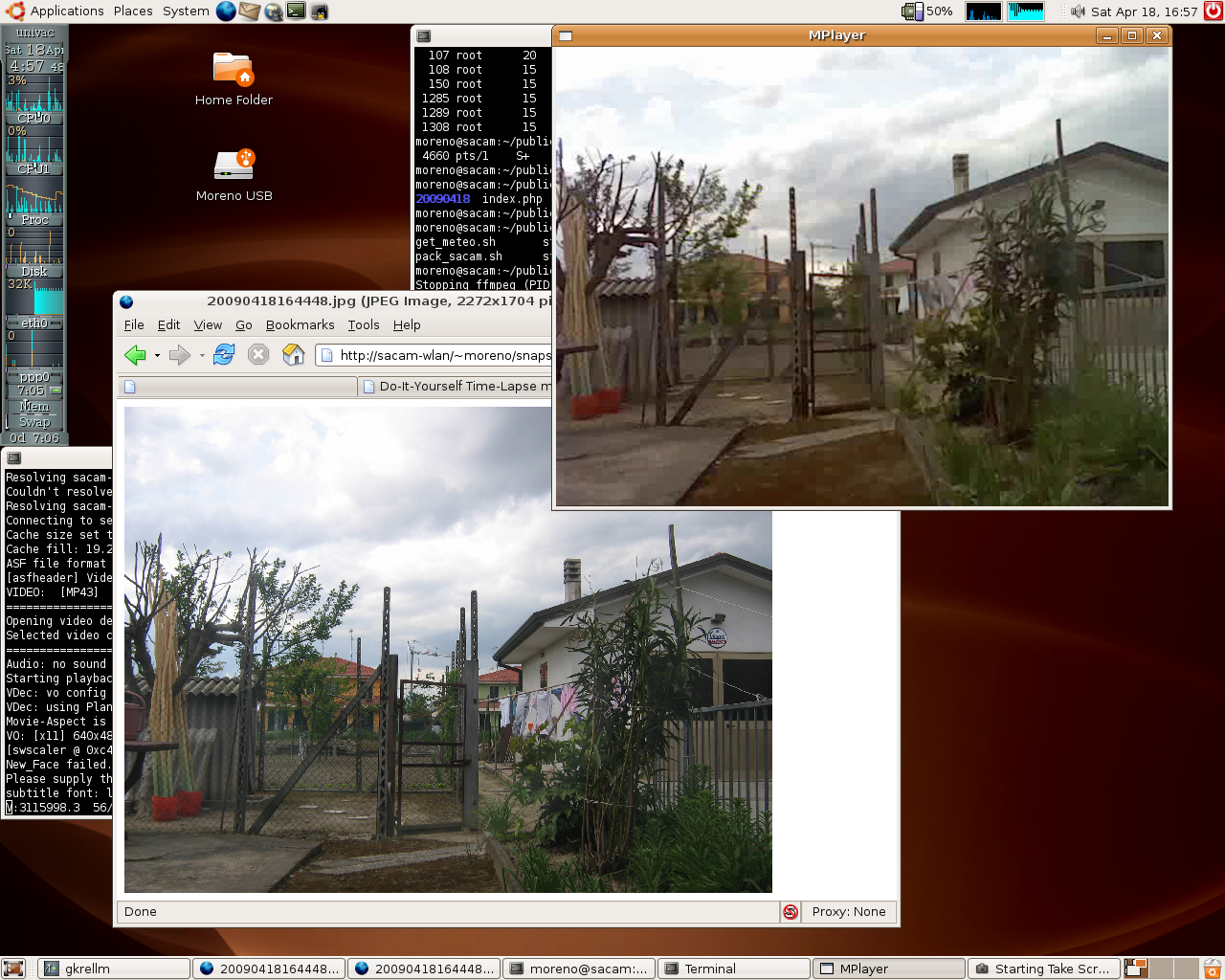
Linux Webcam Server
BadCam: When Your Linux Webcam Turns Against You
Imagine your webcam, that little eye sitting atop your monitor, suddenly turning against you. Sounds like a scene from a sci-fi movie, right? Well, it's closer to reality than you might think, thanks to a sneaky attack called "BadCam."

Linux Webcam Server
What is BadCam?
BadCam is a type of attack where hackers weaponize Linux-based webcams, transforming them into malicious tools. Instead of just recording video, these compromised webcams can act like "BadUSB" devices. Think of a BadUSB as a wolf in sheep's clothing – it looks like a harmless USB drive, but it can inject keystrokes and launch all sorts of nasty attacks on your computer.
Unlike traditional BadUSB attacks that require someone to physically plug in a malicious USB stick, BadCam can be executed remotely. This means hackers can potentially hijack your webcam without ever touching your computer. Pretty scary, huh?
How Does It Work?
Researchers at Eclypsium discovered vulnerabilities in certain Linux webcams that allow attackers to rewrite the device's firmware. This effectively reprograms the webcam to act as a BadUSB device. Once compromised, the webcam can inject keystrokes, execute commands, and even steal data, all while still functioning as a regular webcam. This makes it incredibly stealthy and difficult to detect.
The most widely reported BadCam attacks have targeted Lenovo webcams, but other devices using similar embedded Linux systems could also be vulnerable. It's a wake-up call to the potential security risks hidden within our everyday devices.
Why Should You Care?
If a hacker gains control of your webcam through BadCam, they could:
- Install malware on your computer
- Steal your passwords and sensitive information
- Monitor your online activity
- Potentially gain complete control of your system
The fact that this can all happen remotely and without your knowledge makes BadCam a particularly dangerous threat. Imagine someone typing commands on your computer without you even touching the keyboard!
What Can You Do To Protect Yourself?
While there's no foolproof way to guarantee complete protection, here are some general security tips to help mitigate the risk:
- Keep your webcam's firmware updated: Check the manufacturer's website for updates and install them promptly.
- Use strong passwords: This is a general security best practice, but it's especially important for devices connected to your network.
- Monitor network traffic: Keep an eye out for any unusual activity coming from your webcam.
- Cover your webcam when not in use: A simple piece of tape can provide a physical barrier against unwanted access.
My Thoughts
The BadCam attack highlights a growing trend: the weaponization of everyday devices. As we fill our homes and offices with more and more connected gadgets, we need to be aware of the potential security risks they pose. It's no longer enough to just protect our computers and phones; we need to think about the security of every device that connects to our network. This also puts pressure on manufacturers to prioritize security in their device design and development processes.
The fact that attackers can remotely compromise a device as seemingly innocuous as a webcam is a stark reminder of the evolving threat landscape. It's a call to action for all of us to be more vigilant about our security practices and to demand better security from the devices we use every day.
